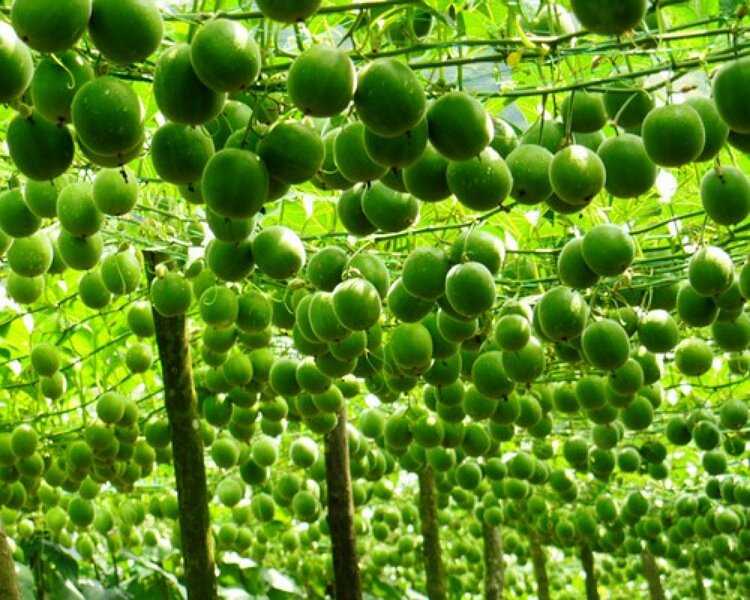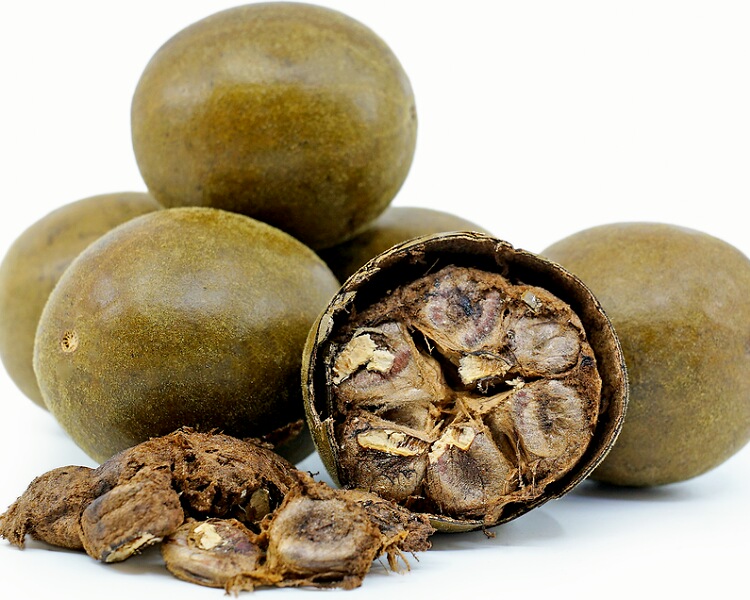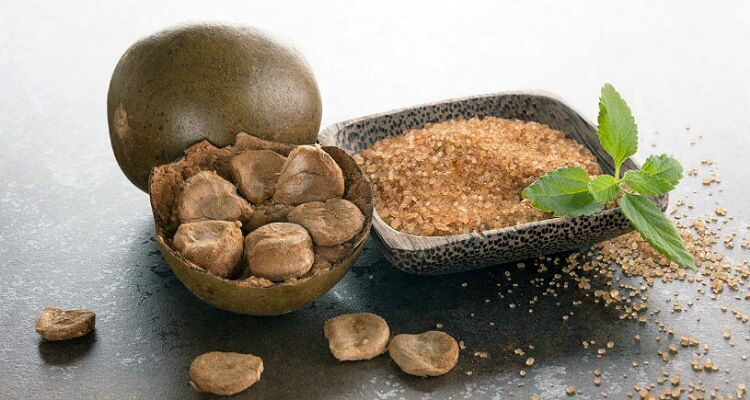Monk fruit or Luo Han Guo is a small greenish melon that is from China. It has been used in traditional Chinese medicine for its alleged healing powers and wellness capabilities.
It is now gradually entering mainstream medicine. Is it safe for consumption? What are its health benefits? Are there any risks to be worried about?
Monk fruit or Luo Han Guo
Monk fruit lacks luster on the physical grounds. It is not as catchy as the colorful fruits that one sees and consumes daily. But it has a lot of medicinal properties and has been in use in Traditional Chinese medicine or TCM for it.
Its other name is Luo Han Guo. It is native to Southern China and the monks there first cultivated it. Hence the name.

The plant is an herbaceous perennial vine belonging to the gourd family, Cucurbitaceae. It grows to a height of around 3 to 5 meters twining around other plants and support.
The fruit is round and just 5 to 7 cm in diameter. It has a smooth exterior and the color is yellow-brownish or green-brownish. The skin is thin but hard and covered with tiny hairs.
The interior flesh can be eaten and the rind is used in making tea. But the fresh fruit ferments and grows rancid fast. When the flesh dries up, it becomes a brittle thin light brown-colored shell with 1 mm thickness.
Nutritive value and taste
The fruit pulp is extremely sweet. It has 250 times the sweetness of sucrose. 25 to 38% of the fruit are carbs. This is mainly fructose and glucose.
Additionally, it contains mogrosides that add to the sweetness of the fruit. These are triterpene glycosides (saponins) that are categorized into five types. The main component in the fruit is mogroside V which is also called the ego side.

The fruit is available in dried form and forms part of herbal teas and soups. Chinese healers use it for coughs and sore throats. It is also used in the making of non-sugar sweeteners.
This has zero calories and carbs and therefore does not raise blood sugar levels significantly. The USA FDA has categorized this sweetener as “generally recognized as safe (GRAS)” for everyone.
It is deemed safe even for pregnant women, breastfeeding women, and children. Though used, there are no long-term studies on its safety. It has a bitter aftertaste.
Health benefits and risks
Its most important use is as a sweetener in drinks and foods for people suffering from high blood sugar. Though it is free of sugars, not all products made from monk fruit have fewer sugars or carbs.
For some reason, it is a good option for those who are wanting to lose weight. But again be sure that the monk fruit product has no added sugars.
Mogrosides have been shown to possess anti-inflammatory properties and can lessen the risk of cancer.

Also, read Non-nutritive sweeteners can cause metabolic diseases: an analysis!
Monk fruit is hard to find and is also costly. The sweetener is also relatively expensive. The fruit can cause allergies in some people.